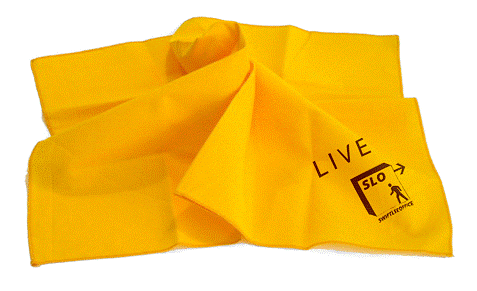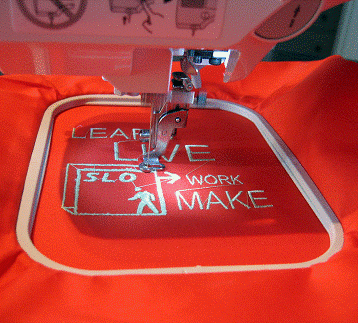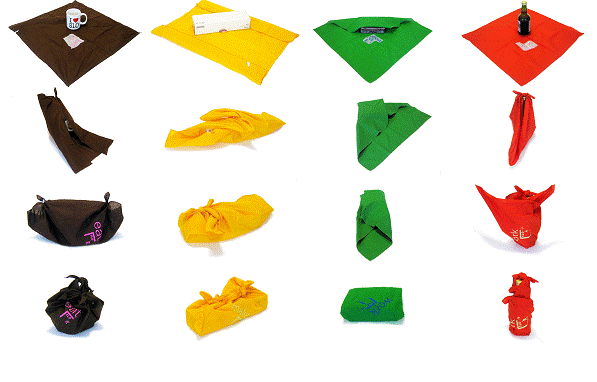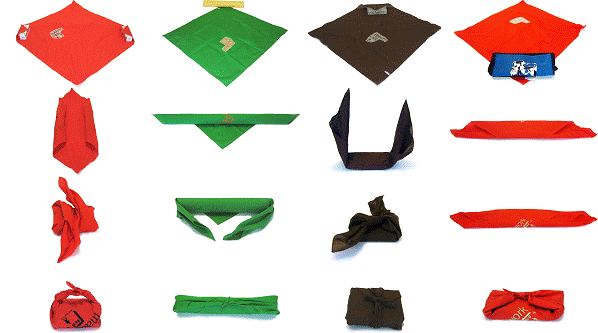|
Archives |
|
Beta 1.7 |
|
Beta 1.7 |

|
SLO-Kerchief TM |

|
Completely versatile and totally green, hand towels have been used for hundreds of years. While trash fills our landfills by the truck load, there are many things we can be doing to lessen the toll that we are taking on the planet. From furniture made from recycled steel to using and reusing hand towels HEYfarmer’s mission is to create innovative products while keeping our future in mind by not wasting our natural resources and conserving what we already have. With this in mind HEYfarmer + SLO have developed the “SLO-kerchief”. While hand towels are by no means a new concept, in fact they have been around for hundreds of years; way back before a disposable napkin was even thought of, HEYfarmer + SLO would like to bring the trend back. On average one person alone uses 2,400 – 3,000 paper towels outside the home each year!* Imagine how many paper towels would be in a life time. Keep a SLO-Kerchief in your purse, pocket or on your head, you cannot go wrong. *http://www.wateruseitwisely.com/index.php |
|
Reducing our use of water will decrease water pollution, increase energy savings, and create more efficient use of our water resources. Too much water in an on-site sewage treatment system can flush untreated material through before organisms have a chance to break it down. If untreated material gets to the drainfield, the material can plug up the soil within the drainfield and shorten the life of the septic system. Sending too much water down the drain can also cause systems to "blow out," allowing untreated material to flow out onto the ground. If this occurs, the system needs to be dug up and repaired. Failing septic systems can:
· contaminate drinking wells · cause health risks such as hepatitis or dysentery · cause chemical pollution from household cleaning products · contribute excess nutrients to ground water, lakes, or streams
Conserving water in rural areas will increase the life of existing septic systems. Conserving water within a municipal water system will reduce household expenses, increase treatment plant efficiency, and reduce the amount of electricity and chemicals needed to treat wastewater. In both situations, conserving water protects water quality through improved wastewater treatment.
A typical household of four uses 260 gallons of water each day. Much of this water is used in the bathroom. Toilets use 40% of the total, showers/baths and faucets use 35%. By contrast, 15% is used in the kitchen, and 10% for washing clothes. |

|
Watermelon Wrap
|
|
2 Knot Wrap
|
|
Flat Object Wrap
|
|
Bottle Wrap
|

|
2 Book Wrap
|
|
Long Object Wrap
|
|
Padding Wrap
|
|
Basic Wrap
|
|
SLO-Kerchiefs |
|
What Are SLO-Kerchiefs |
|
Environment |
|
©2014 HEYfarmer FAQ’S |
|
Pages |
|
SLO-Kerchief |
|
| News |